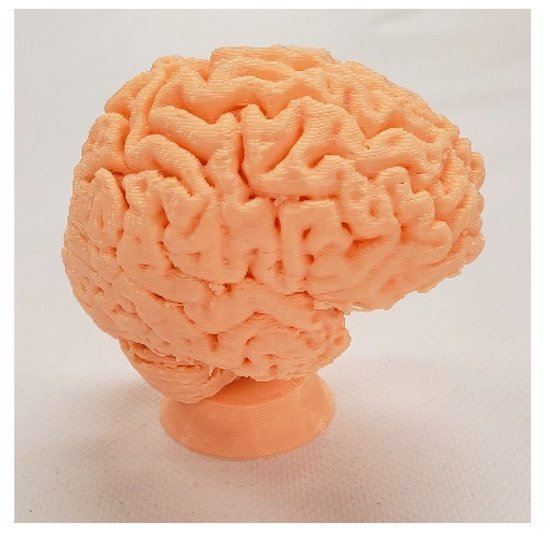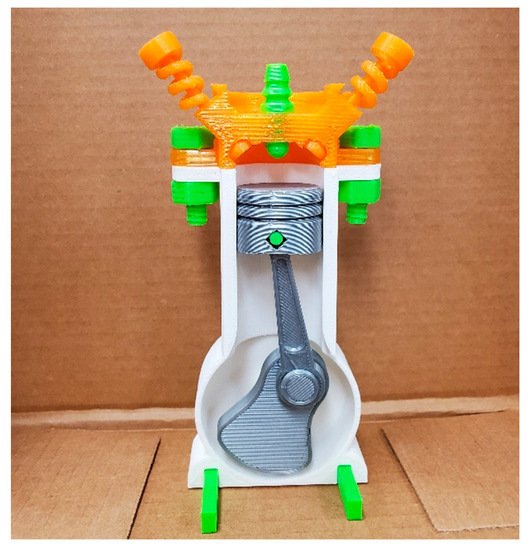Teachers who 3D print open-source learning aids for their students instead of purchasing equivalent commercial products available from retailers like Amazon could save around 86% of costs, according to researchers from Michigan Technological University.
Conducting research into the economic viability of classroom 3D printing, the researchers found that 38 3D printable learning aid designs evaluated during the study have saved the educational community a total of $1.7 million so far.
With capital for purchasing physical learning aids sometimes hard to come by for many schools, 3D printing of open-source learning aid designs could provide a significant return on investment.

3D printed learning aids
3D printers have been utilized within schools for some time, with some schools having created their own 3D printing labs with help from industry partners. Others have used 3D printed models to help their students visualize the basics of anatomy, and boost pupil engagement across STEM subjects.
One manufacturer that has long taken up the mantle of providing 3D printing in schools is MakerBot with its StarterLab program. Launched in 2015, the StarterLab offers various combinations of MakerBot Replicator+ 3D printers, MakerBot Replicator Z18 3D printers, filaments, and print heads. Free online educational resources are also offered alongside installation and training from local partners.
Other firms active in this area include Ultimaker with its CREATE Education Project, which provides free resources and support to help educators integrate 3D Printing into primary, secondary, and higher education institutions. Provider of 3D printing educational resources learnbylayers partnered with the National STEM Learning Centre based at the University of York in 2018, to run courses designed to provide school teachers with the basics of using 3D printing technology.
Experts attending the BETT 2020 education technology industry show in January stated the intention to bring more 3D printers into schools this year, after past studies showed promising findings regarding the benefits of 3D printing and 3D design in schools.

Investigating classroom economics
This study specifically investigates the economics of classroom-based 3D printing of open-source digital designs of learning aids, focusing on the use of open-source desktop 3D printers. Five learning aid examples were evaluated for their functionality, physically printed and calculated mass ratios, and 3D printer energy consumption to determine a dollar-to-kilogram cost for printing.
Then, the researchers analyzed the economic viability of an additional 33 learning aid designs, taking into account their printing and assembly costs, and compared them to equivalent or inferior commercial products available on Amazon. Percentage savings were then calculated and scaled up to a world-scale based on download volume rates.
The researchers used MyMiniFactory’s database of kindergarten, elementary, middle, and high school age-appropriate learning aids spanning subjects such as biology, chemistry, design and technology, mathematics, and others. They chose Amazon as the comparative retailer in the study due to its “well-established competitive approach” which reduces costs for consumers.
Using a Lulzbot Taz 6 3D printer and 3mm PLA filament, the researchers 3D printed learning aid designs including a clock, a brain model, a Pythagorean theorem visual aid, a spinal cord model, and a combustion engine.
LulzBot recently announced the latest addition to its 3D printer portfolio, the TAZ Pro S single-extrusion FDM system, which is primarily aimed at professional engineers, designers, and SMEs. In the video below, author of the study Joshua Pearce explains why Michigan Tech chose LulzBot’s printers to aid their research.
3D printing saves classroom costs
As a result of their analysis, the researchers found that fabricating the average learning aid themselves would provide teachers with 86% cost savings. The study also found that, on average, swapping the purchase of a learning aid for one that is 3D printed saves more than the cost of a 1kg spool of commercial filament.
The average learning aid evaluated during the study was downloaded more than 1,500 times, indicating the potential for distributed manufacturing to produce learning aids around the world. The average saving per year for each open-source learning aid design was calculated at $11,822, with the 38 learning aids analyzed during the study producing a total $450,000 per year saving. To date, these particular learning aids have each provided an average saving to educators of over $45,000, totaling a $1.7 million saving for the international educational community.
As a result, the researchers concluded that distributed manufacturing for education will not only save schools money but also provide a significant return on investment of more than 100%.
Further details of the study can be found in the article titled, “The economics of classroom 3D printing of open-source digital designs of learning aids,” published in the MDPI journal. The study is co-authored by J. M. Pearce and N. Gallup.

Subscribe to the 3D Printing Industry newsletter for the latest news in additive manufacturing. You can also stay connected by following us on Twitter and liking us on Facebook.
Be sure to subscribe to the Another Dimension podcast on your chosen podcast player to make sure you never miss an episode.
Looking for a career in additive manufacturing? Visit 3D Printing Jobs for a selection of roles in the industry.
Featured image shows 3D printed spinal cord learning aid. Image via MyMiniFactory.



